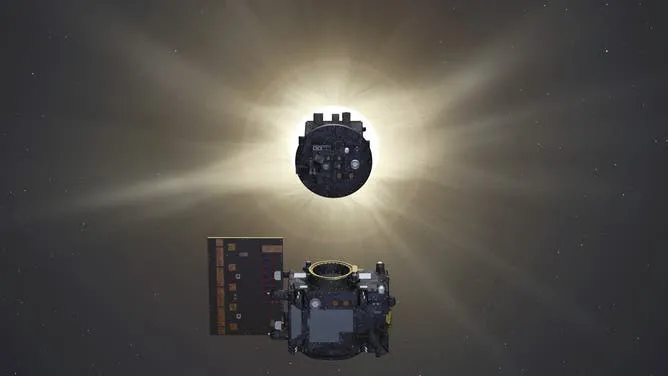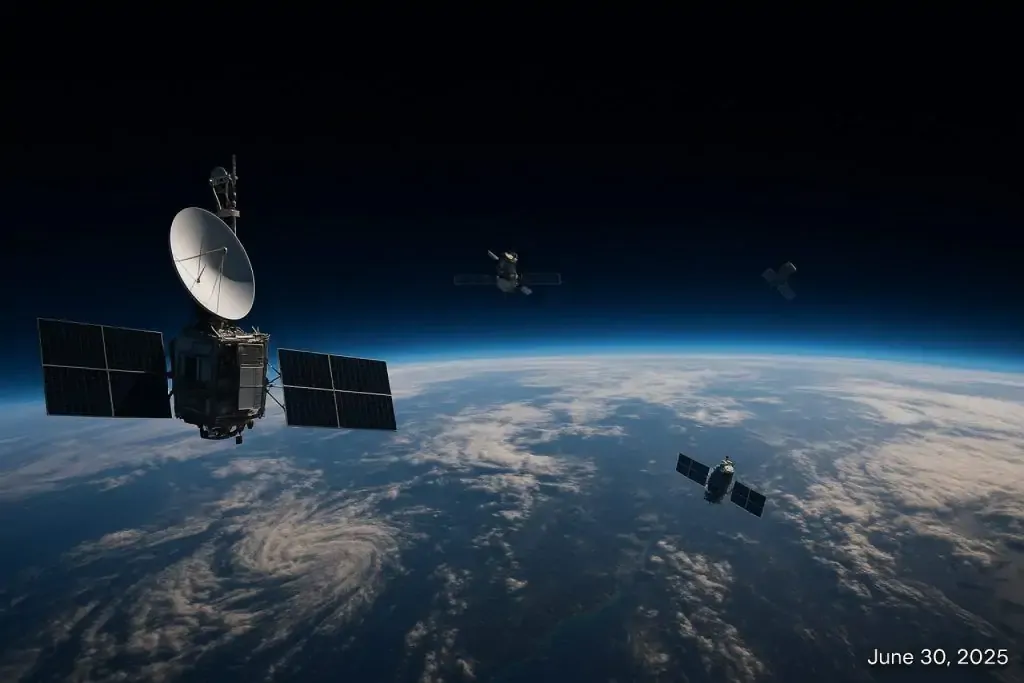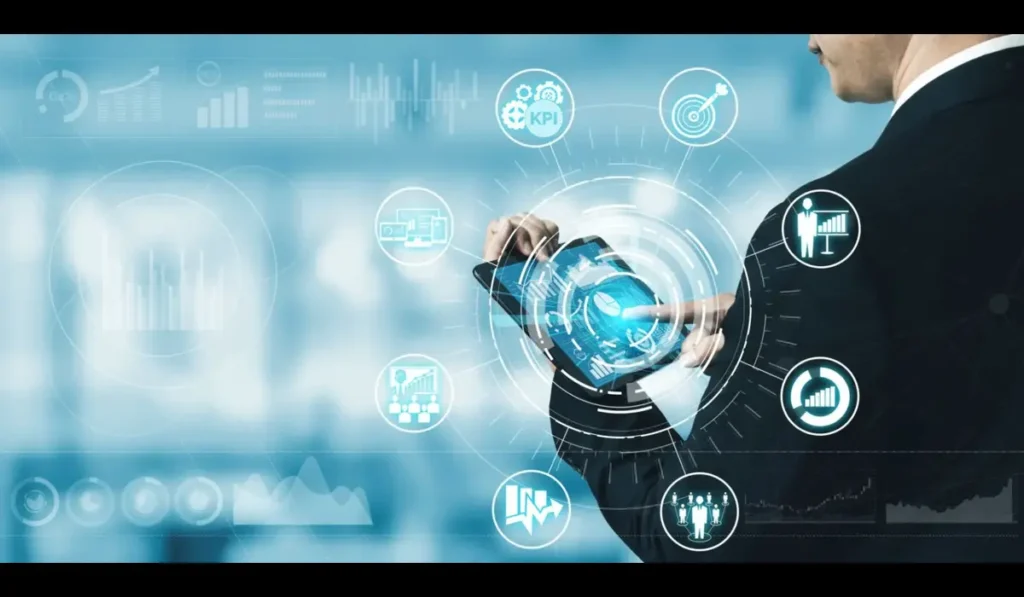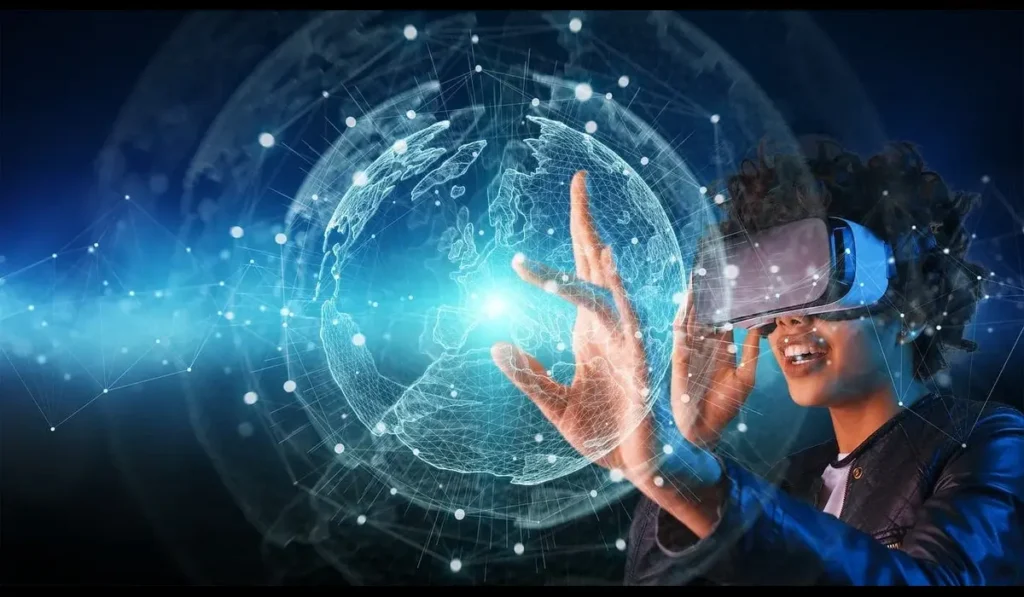In an unexpected fusion of cosmic wonder and cutting-edge innovation, spatial computing and the recent solar eclipse have collided to spark a viral tech trend that’s captivating creators, educators, and tech enthusiasts around the globe. As the celestial spectacle unfolded across the skies, millions turned to spatial computing devices—like augmented reality (AR) glasses, mixed-reality headsets, and mobile apps—to experience the eclipse in new and immersive ways.
This unique convergence marks a turning point in how humans blend real-world phenomena with digital overlays, redefining both our interaction with nature and the potential of immersive tech.
What Is Spatial Computing?
Spatial computing refers to the next generation of digital interaction, where computing is no longer confined to screens but is woven into the physical world. It includes augmented reality (AR), virtual reality (VR), mixed reality (MR), and sensor-enabled environments.
Rather than observing content on a flat screen, users engage with 3D holographic projections, manipulate digital objects in real-world space, and receive real-time data overlaid on their surroundings.
With devices like the Apple Vision Pro, Microsoft HoloLens, and Meta Quest 3, spatial computing enables immersive experiences that feel intuitive, physical, and context-aware.
The Solar Eclipse Goes Spatial
During the most recent solar eclipse, tech developers and enthusiasts seized the opportunity to showcase the real-time potential of spatial computing. By layering data, simulations, and interactive experiences over the celestial event, developers created hybrid moments where science and spectacle met.
Key Experiences Included:
- AR Eclipse Simulations: Mobile AR apps allowed users to view the eclipse path, moon trajectory, and sun coverage levels projected onto their surroundings.
- Live Spatial Overlays: Headsets like Vision Pro displayed real-time information about solar flares, eclipse timing, and safe viewing zones through mixed-reality interfaces.
- VR Solar Exploration: Some platforms created immersive solar-system experiences where users could “float” near the moon and Earth to see the eclipse from outer space.
- Educational Enhancements: Classrooms utilized spatial computing tools to enable students to interact with eclipse models, manipulate orbital paths, and understand light refraction—transforming the eclipse into a multidimensional science lesson.
The Viral Tech Moment
The viral nature of this trend wasn’t just about the tech—it was about shared awe. As people across continents captured and shared spatial-enhanced eclipse experiences, a wave of curiosity and engagement swept through social platforms.
Trending hashtags included:
- #EclipseXR
- #SpatialSun
- #MixedRealityMoon
- #ARclipse2025
At watch parties and schools, creators displayed holographic projections, VR walkthroughs of the solar event, and footage of the eclipse supplemented with augmented reality images. Influencers demonstrated how to align headset sensors with eclipse movement or stream solar data through smart glasses in real time.
The event highlighted how natural events can become immersive digital experiences, broadening access and understanding while offering novel entertainment.

How Spatial Computing Elevates Cosmic Events
This fusion of space and spatial tech creates a new kind of engagement—where watching becomes participating, and learning becomes living.
Benefits of Spatial-Enhanced Eclipse Experiences:
- Interactive Education: Students explore orbital mechanics hands-on through AR models and simulations.
- Enhanced Safety: Headsets can include solar filters and warning systems for direct sunlight exposure.
- Global Accessibility: People outside the path of totality could experience the eclipse virtually with full immersion.
- Data in Context: Real-time solar and weather data projected into the user’s view added depth to the experience.
As the spatial computing industry grows, this kind of event signals a shift from passive viewing to immersive experiencing, opening the door to new applications in science, entertainment, and beyond.
Industry Impacts and Future Trends
Tech companies are taking note. Interest in spatial computing sparked by the eclipse has resulted in:
- Increased downloads of spatial-enhanced skywatching apps
- Sales and rentals of AR headsets for astronomy activities have increased.
- New partnerships between planetariums, observatories, and tech platforms
- Speculation about space-themed educational subscriptions with spatial interactivity
Future eclipses, meteor showers, and other celestial events should be accompanied by real-time spatial experiences, particularly as headset technology gets smaller and more reasonably priced.
Frequently Asked Questions (FAQs)
1. What is spatial computing in simple terms?
Spatial computing involves interacting with digital content in physical space using AR, VR, and MR technologies. It allows you to see and interact with 3D digital elements in your real-world environment.
2. How was spatial computing used during the solar eclipse?
Apps and headsets offered real-time overlays of the moon’s path, sun coverage, and safety tips. Some allowed users to simulate the eclipse from space or interact with 3D models of the solar system.
3. Do I need expensive equipment to experience this trend?
No. While advanced experiences require headsets like Apple Vision Pro or Meta Quest, many AR eclipse simulations were available via smartphone apps compatible with iOS and Android.
4. Were these spatial eclipse tools just for entertainment?
Not at all. They were also used for education, scientific modeling, and safety. Many schools and science centers used spatial tools to teach complex solar system concepts interactively.
5. Can I use spatial computing for other astronomical events?
Yes! Many apps and platforms now offer real-time AR/VR tracking for events like meteor showers, planetary alignments, and lunar eclipses, turning your backyard into a mini observatory.
6. Is spatial computing safe to use during a solar eclipse?
Yes, as long as you follow standard safety protocols. Some headsets even include solar protection warnings and display reminders not to look at the sun without certified eclipse glasses.
7. How do I try a spatial eclipse experience myself?
Search the app stores for terms like “AR eclipse viewer” or “spatial astronomy app.” Many free or freemium tools are available. If you own a compatible headset, explore spatial solar system apps or eclipse simulators.
Conclusion
The intersection of spatial computing and a celestial event like a solar eclipse has created a new kind of tech wonder—one that blends real-world awe with immersive innovation. As we continue to explore the universe, tools like AR, VR, and mixed reality are bringing the cosmos closer than ever, not through telescopes, but through interactive, educational, and deeply personal experiences.
In a world where screens are giving way to immersive environments, events like the solar eclipse remind us that the future of tech isn’t just about faster processors or sleeker devices—it’s about how we experience the world around us, both digital and divine.




